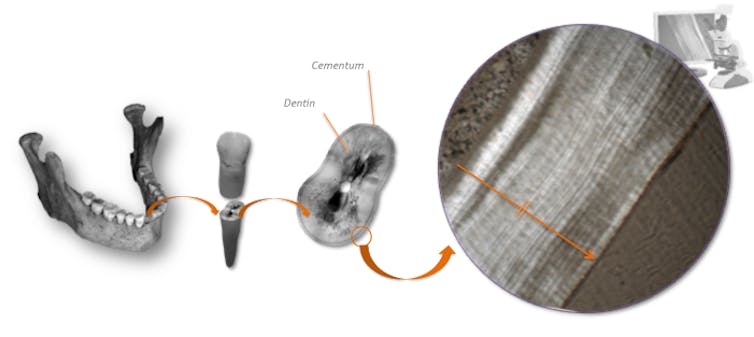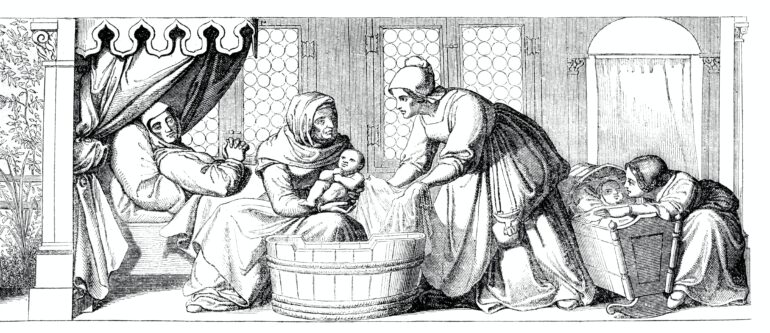Every year I ask the college students in the course I teach about the 14th-century Black Death to imagine they are farmers or nuns or nobles in the Middle Ages. What would their lives have been like in the face of this terrifying disease that killed millions of people in just a few years?
Setting aside how they envision what it would be like to confront the plague, these undergrads often figure that during the medieval period they would already be considered middle-aged or elderly at the age of 20. Rather than being in the prime of life, they think they’d soon be decrepit and dead.
They’re reflecting a common misperception that long life spans in humans are very recent, and that no one in the past lived much beyond their 30s.
But that’s just not true. I am a bioarchaeologist, which means that I study human skeletons excavated from archaeological sites to understand what life was like in the past. I’m especially interested in demography – mortality (deaths), fertility (births) and migration – and how it was linked with health conditions and diseases such as the Black Death hundreds or thousands of years ago. There’s physical evidence that plenty of people in the past lived long lives – just as long as some people do today.
Bones record the length of a life
One of the first steps in research about demography in the past is to estimate how old people were when they died. Bioarchaeologists do this using information about how your bones and teeth change as you get older.
For example, I look for changes to joints in the pelvis that are common at older ages. Observations of these joints in people today whose ages we know allow us to estimate ages for people from archaeological sites with joints that look similar.

A researcher can count the layers within a tooth that were added over time to determine how old a person lived to be.
Benoitbertrand1974/Wikimedia Commons, CC BY-SA
Another way to estimate age is to use a microscope to count the yearly additions of a mineralized tissue called cementum on teeth. It’s similar to counting a tree’s rings to see how many years it lived. Using approaches like these, many studies have documented the existence of people who lived long lives in the past.
For example, by examining skeletal remains, anthropologist Meggan Bullock and colleagues found that in the city of Cholula, Mexico, between 900 and 1531, most people who made it to adulthood lived past the age of 50.
And of course there are many examples from historical records of people who lived very long lives in the past. For example, the sixth-century Roman Emperor Justinian I reportedly died at the age of 83.
Analysis of the tooth development of an ancient anatomically modern Homo sapiens individual from Morocco suggests that our species has experienced long life spans for at least the past 160,000 years.
Clearing up a math misunderstanding
Given physical and historical evidence that…



